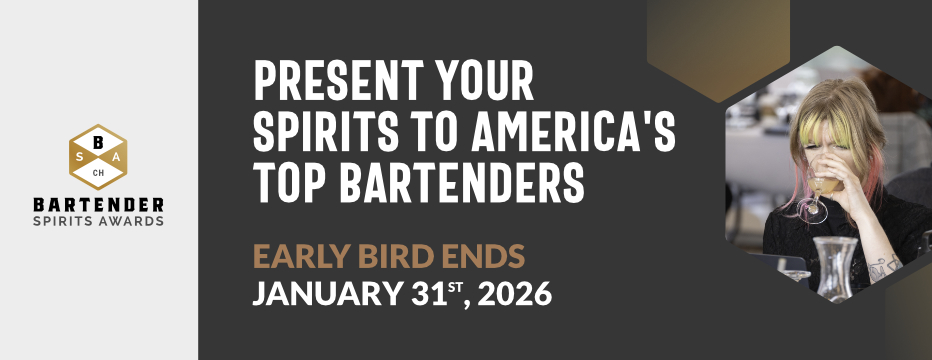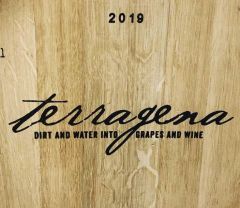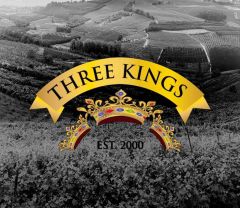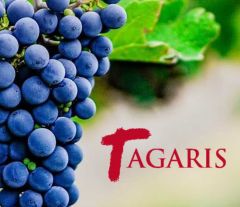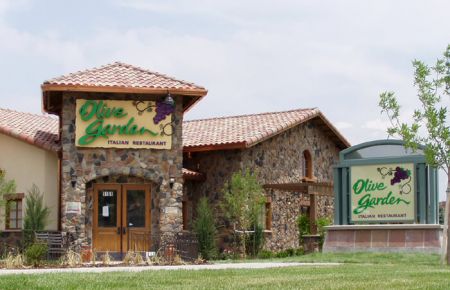Sommeliers Choice Awards 2025 Winners
Barossa’s Winemaking Excellence: A Conversation with Matthew McCulloch
Matthew McCulloch on Barossa's winemaking legacy and forward-looking strategies.

Matthew McCulloch, Chairman of the Wine Barossa Committee, has a deep connection to one of Australia’s most iconic wine regions. With a career shaped by working with some of the world’s most renowned winemakers and brands, Matthew brings a blend of global expertise and local passion to his role. Under his leadership, the Barossa Valley continues to evolve, blending its rich history with forward-thinking innovation. In this interview, Matthew shares his insights on what makes Barossa unique, how sustainability and climate adaptation are shaping the region’s future, and the exciting potential for lesser-known varietals to capture the world’s attention.
Matthew, you've worked with some iconic brands before Langmeil. How has your diverse background shaped your approach to managing a winery with such deep historical roots?
I'm fortunate to have worked with and learned from some inspirational individuals throughout my career, including Dominique Vrigneau, Gérard Bertrand, José Alberto Zuccardi, Ken Forrester, Stéphane Vedeau, and Thierry Cabanne; that experience shapes my approach to winery and wine company management. Barossa winemakers Andrew Seppelt, Stuart Bourne, and Tim Smith generously share their local knowledge, and Bob McLean and James Lindner helped me better understand this remarkable region's culture and history.
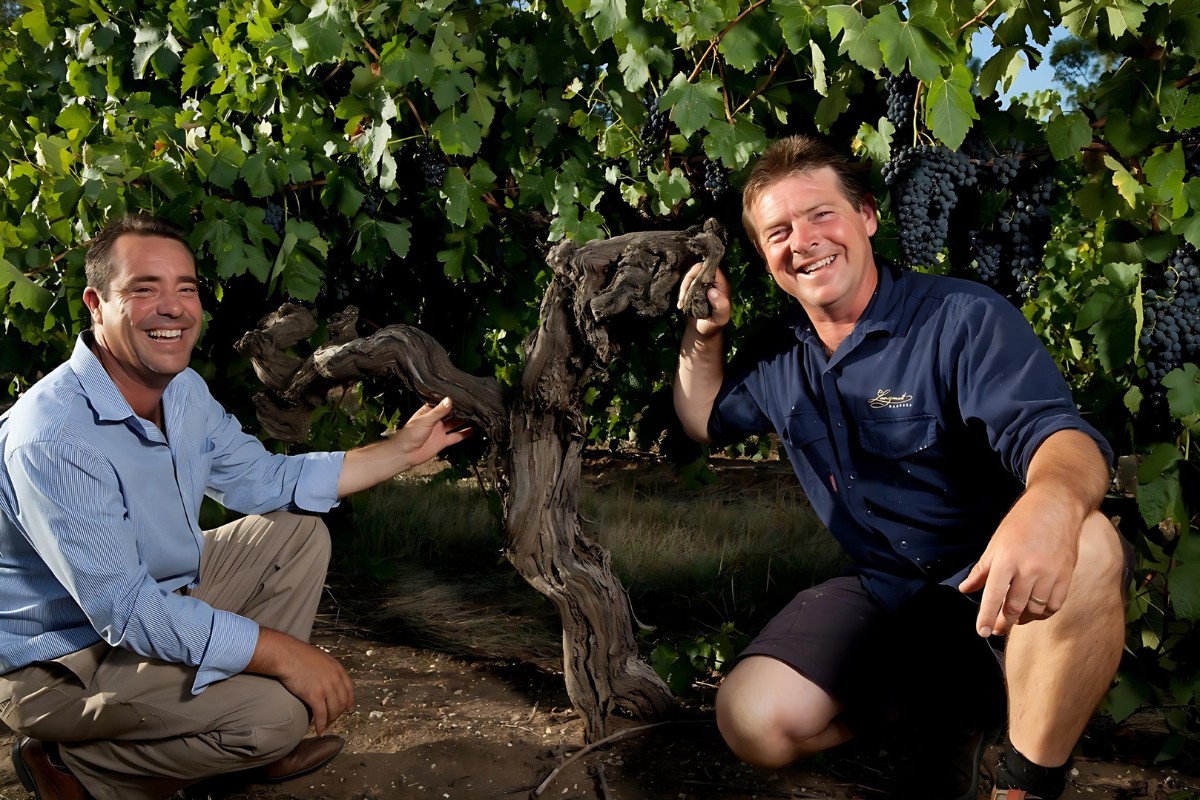
Image: James and Paul Lindner (Co-Proprietors, Langmeil Winery)
GSM blends are a hallmark of Barossa. Can you walk us through your creative process in deciding the proportions and character of the components in one of Langmeil's GSM wines?
It starts with the desired wine style – classic or contemporary. For our Three Gardens GSM, we aim for a medium-bodied, Grenache-dominant contemporary style to complement the classic character of our fuller-bodied, old-vine Fifth Wave Grenache. We selected younger vine Grenache from the Western Ridge for its freshness and primary fruit, complemented by old vine Grenache from the Central (1930s) and Southern Grounds (1973) for more depth, pepper, and spice. The Shiraz, from a single vineyard planted on the Valley Floor to three different clones, provides mid-palate weight and gently reductive tension. The Mataro from three vineyards in the Central and Southern Grounds and Western Ridge delivers colour, earthiness, and tannins. The final layer comprises up to 5% Carignan, Cinsault, and Counoise for acidity, aromatics, and texture while amplifying the flavours of the other components. Referring to our Three Gardens GSM, Matthew Jukes wrote, 'I adore it when the skill of blending makes something out of nothing, and this wine is a perfect case in point.'
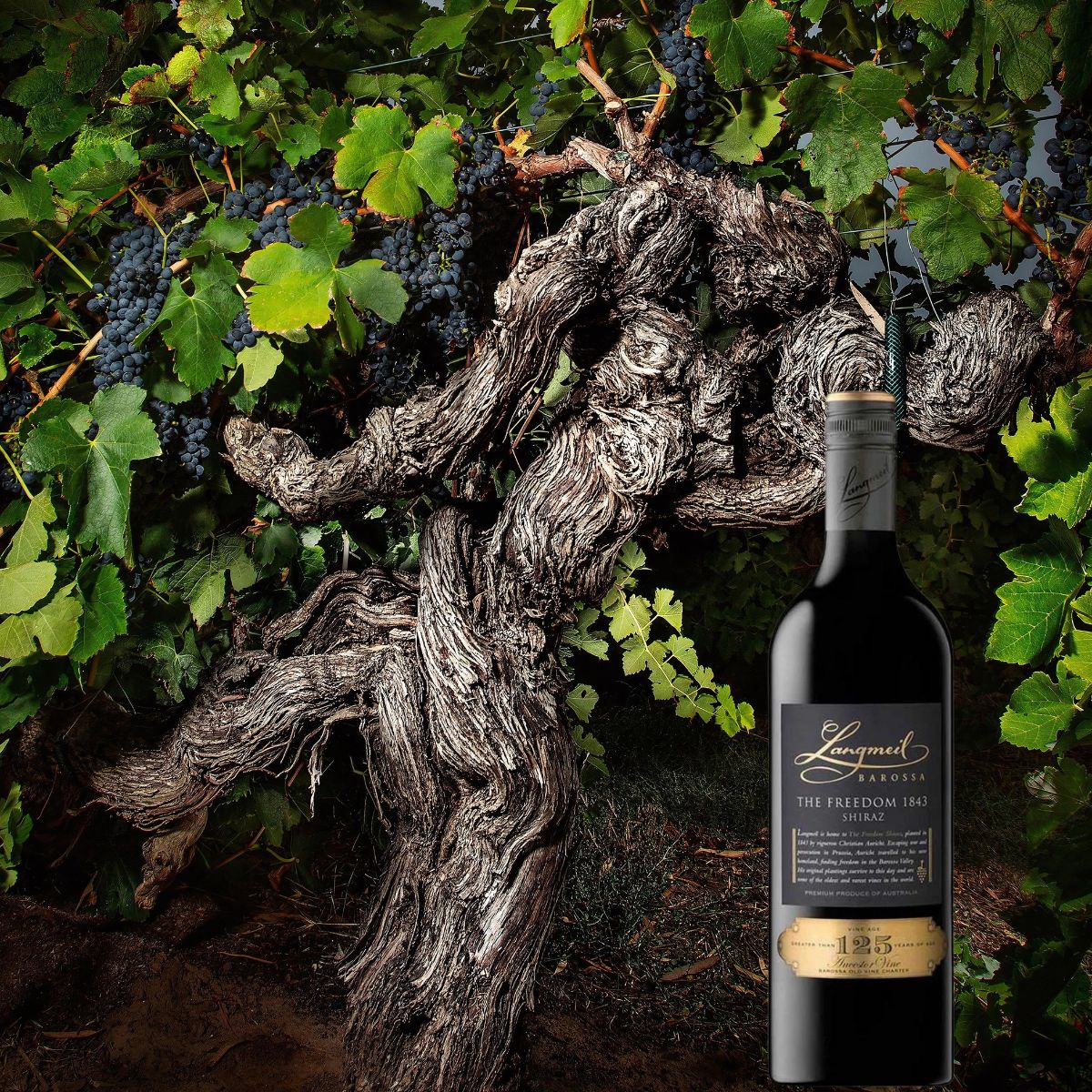
Image: 1843 Freedom Shiraz - Old Vine at Langmeil.
Barossa is known for both its rich history and its innovative spirit. Can you share an example of a recent innovation in Barossa winemaking that has had a significant impact on the quality or style of the wines?
There's no one recent innovation per se. It's more of an evolution in the options available to Barossa winemakers, depending on their house style. These include earlier picking, whole bunch ferments, extended maceration, alternative fermentation and maturation vessels (amphorae, eggs, tulips) and materials (clay, concrete, steel), less time in oak, lower proportion of new oak, more neutral, older oak and larger format oak having an impact on wine quality and style. The diversity of winemaking styles and the healthy interplay between the classic and the contemporary make Barossa a dynamic and exciting region.
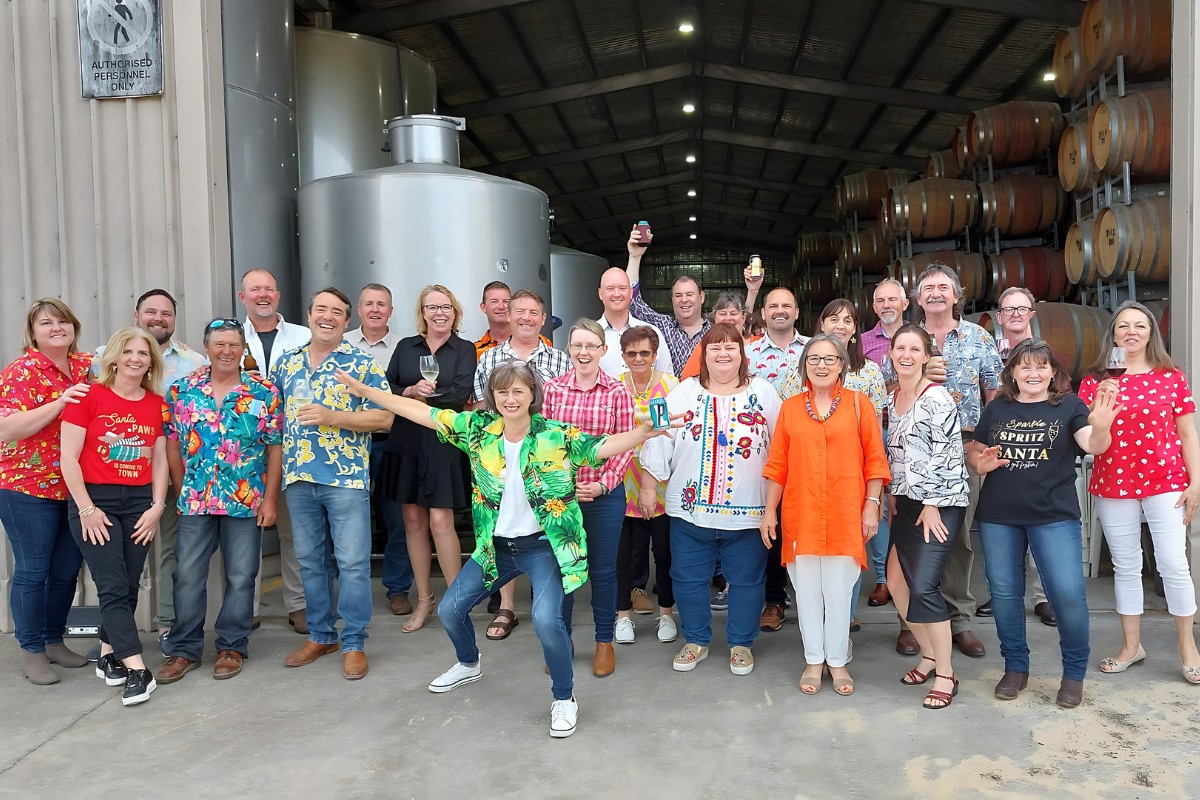
Image: The team at Langmeil Winery
What specific sustainable practices have been implemented in Barossa vineyards, and how are they benefiting the environment and wine quality?
There is a growing use of cover crops and permanent swards to add nutrients, control vine vigour, minimize soil work, prevent soil erosion, promote biodiversity, and reduce herbicide usage. Under vine composting and mulching conserve moisture, reduce soil temperatures, and help improve soil health. Irrigation is increasingly based on soil moisture and leaf water data to minimize the wastage of a scarce resource. There are more sheep in the vineyards during vine dormancy to reduce tractor and, therefore, diesel use. Pest management techniques include establishing beneficial insects and introducing animals that consume pests.
Barossa Australia engages with its membership via podcasts, videos, and webinars. On a more practical basis are the Creating Resilient Landscapes workshops, demonstration vineyards, field days, and tours. Other initiatives include Barossa Wildlife For Wine and community planting days with the Northern and Yorke Landscape Board.
Sustainable practices arguably benefit the environment more than wine quality. However, many Barossa winemakers believe that sustainable viticulture and healthier soils lead to higher-quality grapes with intense, pure, vibrant flavours and better-balanced wines that more accurately reflect their sense of place.
There are now 100 Sustainable Winegrowing Australia (SWA) certified members in the Barossa covering 9,861 hectares, which produced 67,051 tonnes of grapes. Yields from SWA-certified members are nearly 31% more than the regional average. Vineyard members have set aside 1,401 hectares of land for biodiversity areas, and 64% of members are participating in on-or off-site biodiversity projects.
With climate change being a growing concern, what measures are Barossa wineries taking to adapt its viticulture practices, and what unexpected challenges have you encountered?
Adaptation measures include using catch wires to shade fruit and protect it from sunburn, installing frost fans, planting drought-tolerant varieties on drought-tolerant rootstocks, selecting site-appropriate varieties, and using sunscreen and water-saving irrigation techniques. One winery has invested $1m in a nylon vineyard canopy to create a more stable environment, reducing water usage, vine stress, and bird and hail damage. Technology will play an important role, with real-time data analysis of the growing conditions, bunch weights, canopy stress, soil moisture, surface temperatures, transpiration, and weather. Increasingly, wineries include more fruit from the foothills of the Barossa Valley’s Eastern Edge and the Eden Valley in their blends.
There aren’t really any unexpected challenges; it’s more the frequency of extreme weather events that are unexpectedly challenging.
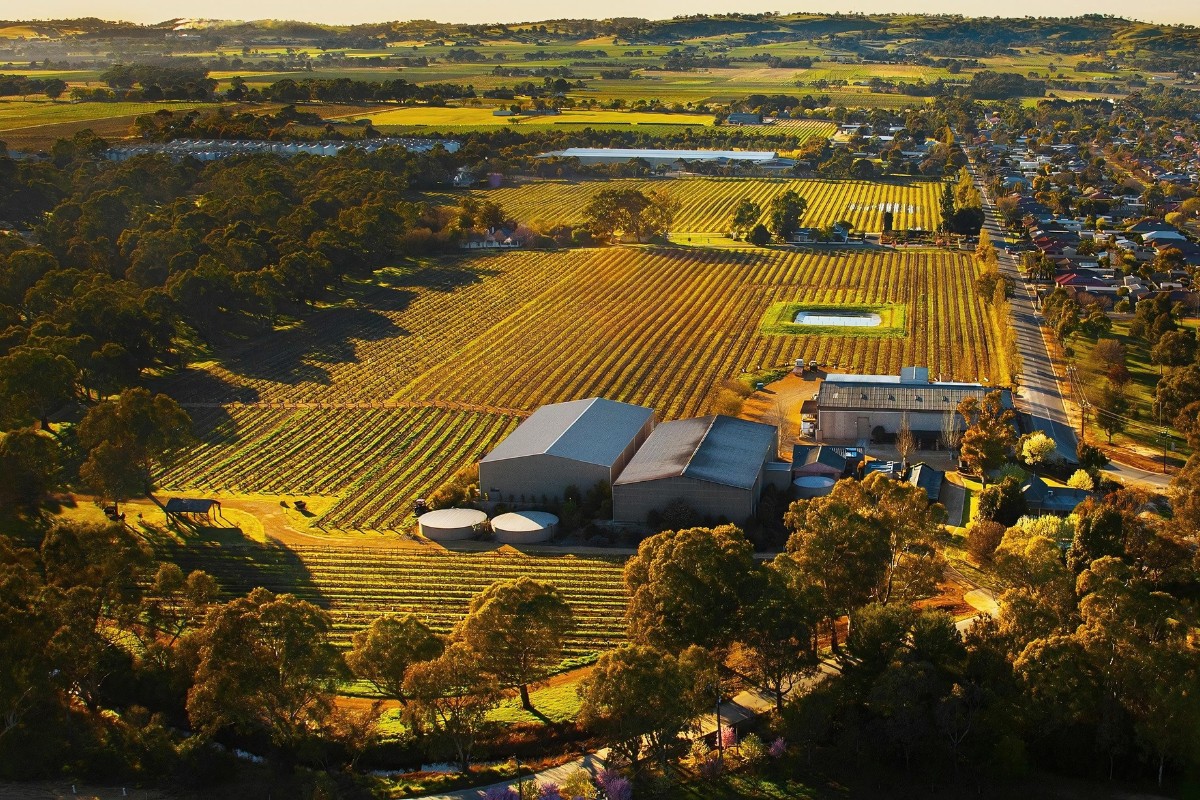
Image: An aerial shot of the Langmeil winery
Shiraz and Riesling are often highlighted as the hero varietals of Barossa. With over 40 grape varieties in the region, are there any lesser-known varietals or blends that you believe deserve more attention and could capture the wine world's attention in the near future, and why?
Like many predominantly red wine regions, I believe we'll see an increase in climate-appropriate white grapes, including Clairette, Fiano, Grenache Blanc, Marsanne, Piquepoul, Roussanne, Vermentino, and Viognier that can handle the heat and limited rainfall while retaining their acidity. Marsanne, Roussanne, and Viognier blends are gaining traction as affordable, food-friendly wines in the on-premise channel. Fiano and Piquepoul are possibly the most familiar to consumers as they are not hidden behind AOCs and DOPs and are widely available in retail. For reds, varieties like Aglianico, Carignan, Cinsault, Counoise, Graciano, Malbec, Mencia, Montepulciano, Nero d'Avola, Primitivo, and Tempranillo that are also more drought and heat-tolerant will become more popular, but not all necessarily as single varietal wines. Some may only play a supporting role or act as seasoning to create more complex blends.
In the future, as more varieties make their way to Australia, it could include Greek or Sicilian varieties. Whatever they are, they will deliver Barossa's trademark generosity, intensity, and richness. However, it takes years to import vines and make wine from them – ask Pete Barry about his Assyrtiko journey!
The lowering of tariffs has again opened the doors to the Chinese market. What is Barossa’s strategy to approach the market the second time around?
Barossa Australia (BA) monitored the trading environment and the changes that occurred while Barossa wines were absent and shared the information with BA's membership. This was vital to ensuring wineries were ready and able to respond when the market reopened in April. By June, China was once again Barossa's number-one export market by value. Winemakers are investing time in the market to demonstrate their commitment and work hard to re-establish relationships and to help with the pull-through following the initial pipe-filling. There were twenty Barossa brands on Wine Australia's August five-city China Roadshow. As connections are rekindled and wine begins to flow, gaining deeper insights into the market and re-engaging with the consumer, media, and trade to maximize opportunities will remain BA's focus. Barossa wineries are placing more emphasis on securing reliable, long-term partnerships over short-term volume-driven opportunities as they look to build longer-term engagement in this significant market.
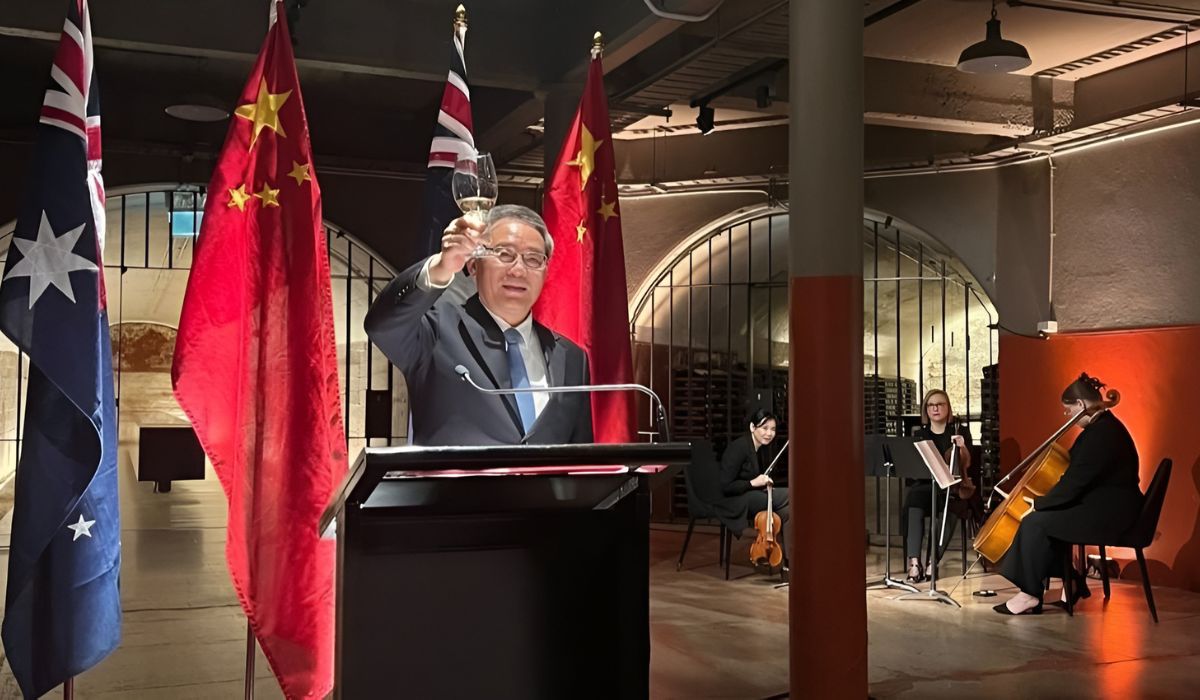
Image: SAWIA (South Australian Wine Industry Association), together with South Australian winemakers, was pleased to attend the luncheon with Premier Li Qiang at the Penfolds Magill Estate.
Malaysia, South Korea, and Thailand present new export opportunities. What strategies do you find most effective in introducing Barossa wines to these markets, which might have different palate preferences?
Increasing our understanding of these markets, which represent 7% by value and 5% by volume of Barossa's exports and their consumer palate preferences and tastes, is essential to our strategy. There is no substitute for investing time in the market while encouraging buyers, media, and trade to visit Barossa. Our wine education syllabus, Barossa Wine School (BWS), also plays a crucial role, allowing us to engage with the next generation of consumers and trade. BWS operates in eight Asian countries and is delivered by Wine Vision Academy in South Korea.
[[relatedPurchasesItems-61]]
Over your tenure, how have you seen Barossa’s wine industry evolve, and what do you predict will be the most significant change in the next decade?
The wines are better than ever due to increased viticultural professionalism, a refinement of house styles by traditional winemakers, an evolution by their offspring and the next generation of winemakers, and an influx of talented new arrivals and disrupters. The region's peak body for grape growers and winemakers, the Barossa Grape & Wine Association, was established in 2008 and transitioned to Barossa Australia, incorporating wine, food, and tourism in 2022. It's now better positioned to nurture and promote the brand Barossa globally, facilitate best practices in the vineyard, wine, food, and tourism businesses, and lobby on government and industry policy issues. One thing that hasn't changed and remains ingrained in the community's culture is its collaborative spirit, which is central to the region's reputation and success. As President John F. Kennedy said, a rising tide lifts all boats.
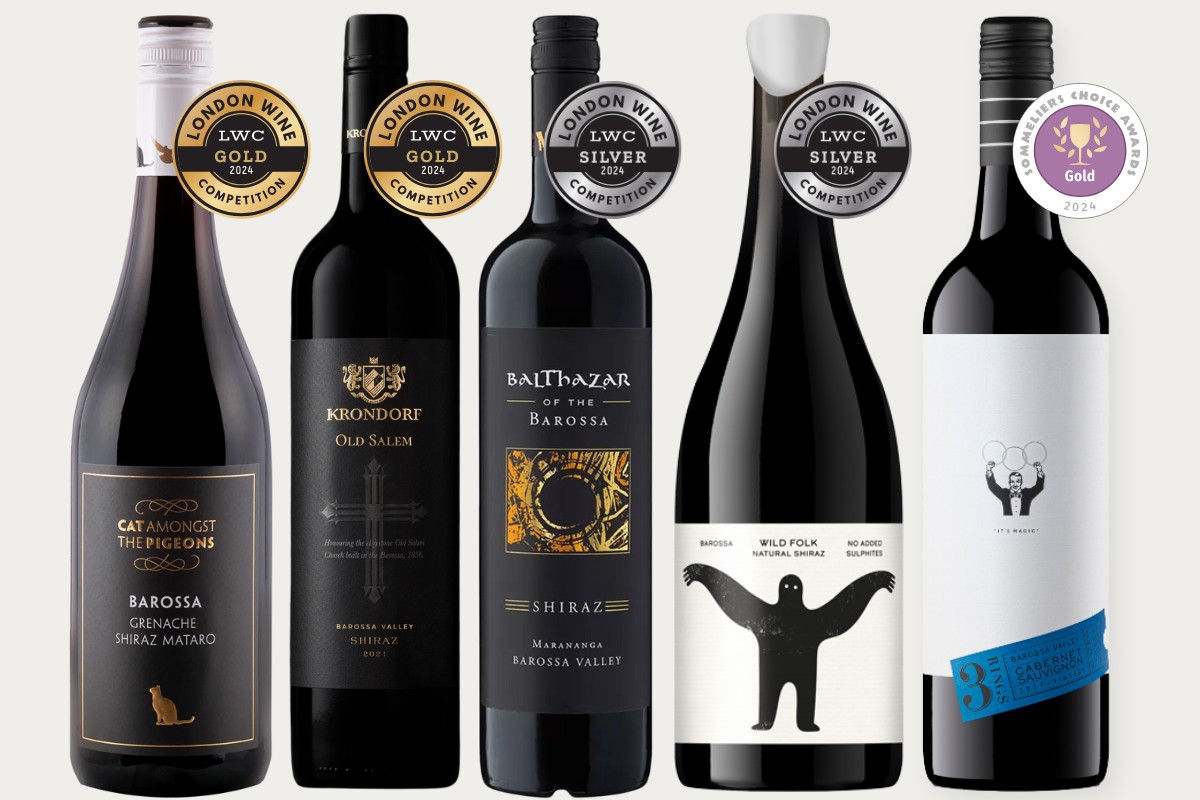
Image: Winners from the Barossa Region - (L-R) 2024 London Wine Competition Winners: Cat Amongst The Pigeons Barossa Grenache Shiraz Mataro 2022, Krondorf Old Salem Barossa Shiraz 2021, Balthazar Of The Barossa Marananga Barossa Valley Shiraz 2021, Wild Folk Barossa Shiraz 2023 & 2024 Sommeliers Choice Award Winner: 3 Rings Barossa Valley Cabernet Sauvignon 2022.
The anti-alcohol lobby, climate change, extreme weather events, ESG issues, and the financial sustainability of grape growers and winemakers, in particular, industry consolidation, moderation, premiumization, sustainable grape growing, and winemaking and tourism are my predictions for the most significant changes in the coming decade. If you insist on one, then phylloxera making it to South Australia, the home of old vines, would be the single most significant change.
Conclusion:
As Matthew McCulloch continues to play his part in bringing Barossa’s wine industry into the future, his commitment to preserving the region's rich heritage while embracing innovation is clear. From his passion for sustainability to his vision for Barossa's role on the global stage, Matthew embodies the spirit of a region that is both deeply rooted in tradition and boldly exploring new frontiers. Barossa’s future looks bright, with leaders like Matthew guiding the way through challenges and opportunities alike, ensuring that the region’s rich and bold wines continue to captivate palates worldwide.
In conversation with Malvika Patel, Editor and VP, Beverage Trade Network



